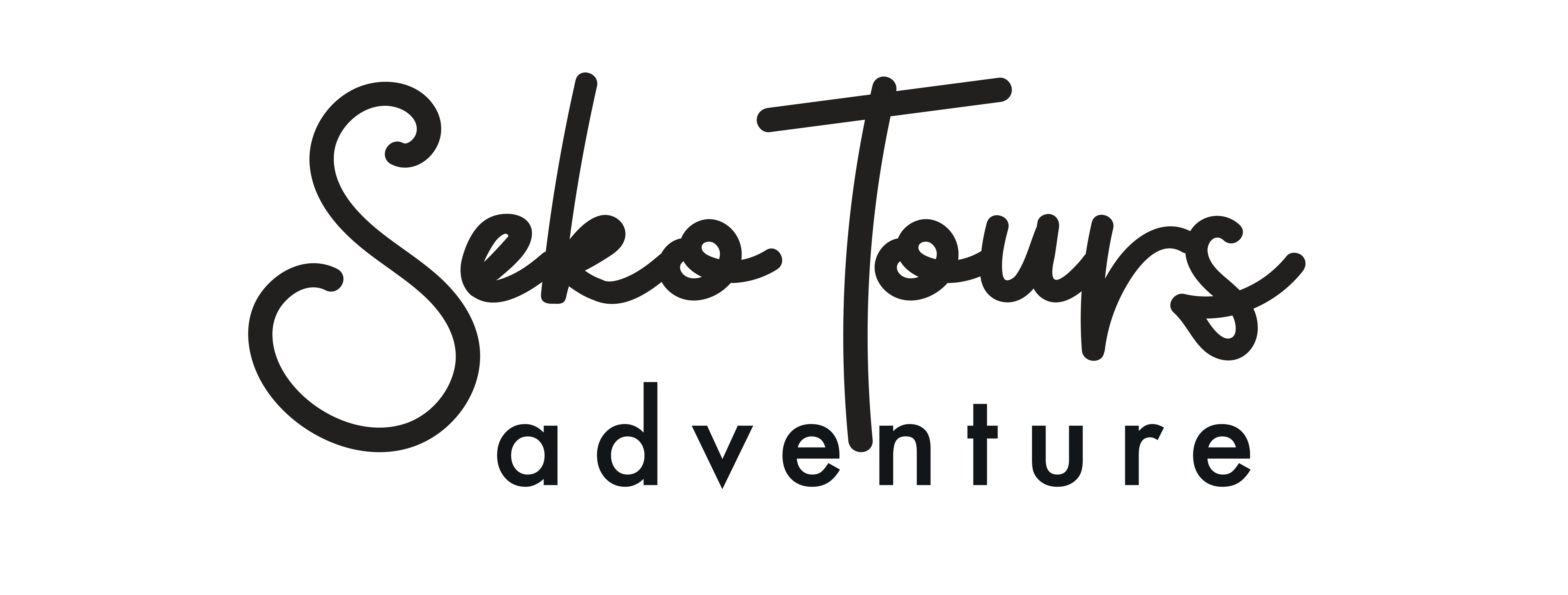Photography Safaris in Tanzania
Best Photography Safaris & Tours in Tanzania
Tanzania is a great place for photographers. The country has amazing landscapes, wildlife, and culture, giving you many chances to take beautiful pictures. Whether you’re a pro or just starting out, a photography safari in Tanzania is a perfect adventure.
Tanzania has many different places to take pictures. From the wide open Serengeti where you can capture the wildebeest migration to the famous Mount Kilimanjaro, every spot offers something special. The Ngorongoro Crater also gives incredible views with lots of wildlife to photograph.
Tanzania also offers great cultural experiences to capture. You can visit Maasai villages, see the unique buildings in Stone Town, or take pictures of local people in traditional clothes. A photography safari with a guide can help you take the best pictures at the right times, like during the golden light at sunrise or when animals are close. These safaris give you more time to take the perfect shot and make memories that last.
Why Choose Tanzania for Photography Safaris?
- Single-country safari & beach
- Iconic hot air balloon safaris
- Mobile safari camps
- Great Wildebeest Migration
- Home to Mount Kilimanjaro
- Exciting walking safaris












Top Photography Safari Locations in Tanzania
Top photography safari locations in Tanzania include the Serengeti, known for its wildlife and the Great Migration, and the Ngorongoro Crater, offering stunning views and abundant animals. Both spots are perfect for capturing unforgettable moments of nature and wildlife.
Best Times for Photography Safaris in Tanzania
The best times for photography safaris in Tanzania are during the dry season, from June to October, when wildlife is easier to spot. Early mornings and late afternoons also offer the best lighting for stunning photos.
January to March: Calving Season and Lush Landscapes
The period from January to March is a fantastic time for photographers visiting Tanzania, especially for those focused on capturing young wildlife. During this time, the Serengeti experiences its calving season, where thousands of wildebeests, zebras, and other animals give birth to their young. The sight of baby animals taking their first steps provides incredible photo opportunities. Photographers can capture these tender moments, often accompanied by dramatic predator-prey interactions, as predators like lions and cheetahs are drawn to the abundance of vulnerable young animals. This season also brings lush, green landscapes, making it an excellent time to shoot vibrant, scenic backdrops that add depth to wildlife shots. The balance of verdant plains and active wildlife provides an unforgettable experience for photographers.
June to October: Dry Season and Wildlife Visibility
From June to October, Tanzania experiences its dry season, making it one of the best times for wildlife photography. As the rain becomes scarce, animals gather around water sources, making them easier to locate and photograph. This period offers clear skies and dry conditions, which means fewer clouds and better light for capturing the action, particularly during the golden hours of early morning and late afternoon. The dry season also marks the peak of the Great Migration, a dramatic event where millions of wildebeests, zebras, and gazelles move from the southern Serengeti towards the northern plains. For photographers, this is an opportunity to capture stunning images of the migration, particularly the dramatic river crossings where the animals face predators like crocodiles. The abundance of wildlife and clear visibility during this time makes it an ideal period for high-quality shots.
November to December: Short Rains and Bird Photography
From November to December, Tanzania enters its short rainy season, which transforms the landscape into a lush, green paradise. While this time may bring occasional rain, it also results in vibrant greenery, making it a beautiful backdrop for photography. The fresh growth of grasses and foliage attracts a variety of wildlife, and the rain makes the atmosphere especially dramatic, with mist rising over landscapes, creating ethereal images. Additionally, this is a fantastic time for bird photography, as migratory birds from Europe and Asia arrive in large numbers. Photographers can capture species like flamingos, storks, and eagles, making it an excellent season for those interested in avian photography. The combination of lush scenery, vibrant wildlife, and bird migrations makes the November to December period unique for photographers seeking diversity in their shots.
What to Expect on a Photography Safari
On a photography safari, you can expect expert guides who know the best spots and times for great photos. You’ll have plenty of time to capture stunning landscapes and wildlife in the best light, with special focus on your photography needs.
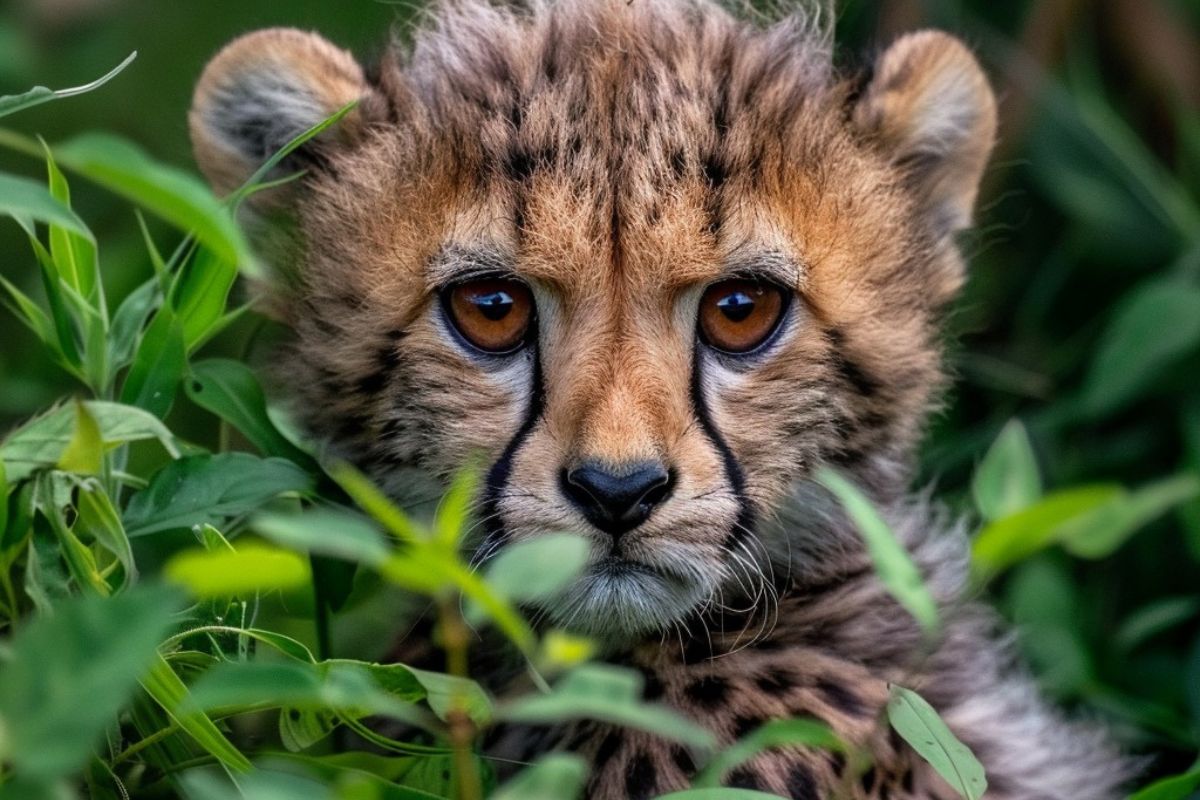
Small Group Sizes
Smaller groups ensure more space to set up your equipment and better access to photo opportunities.
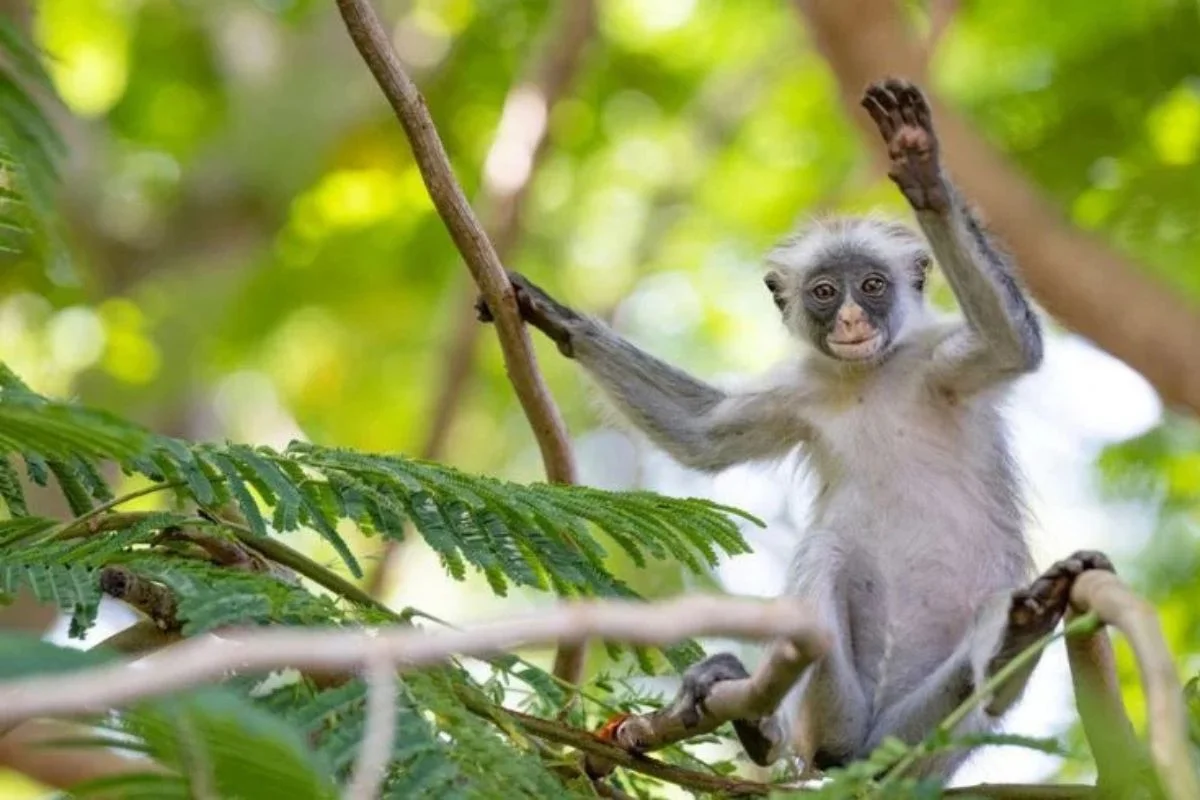
Expert Guides
Professional guides understand animal behavior and can position you for the best angles.
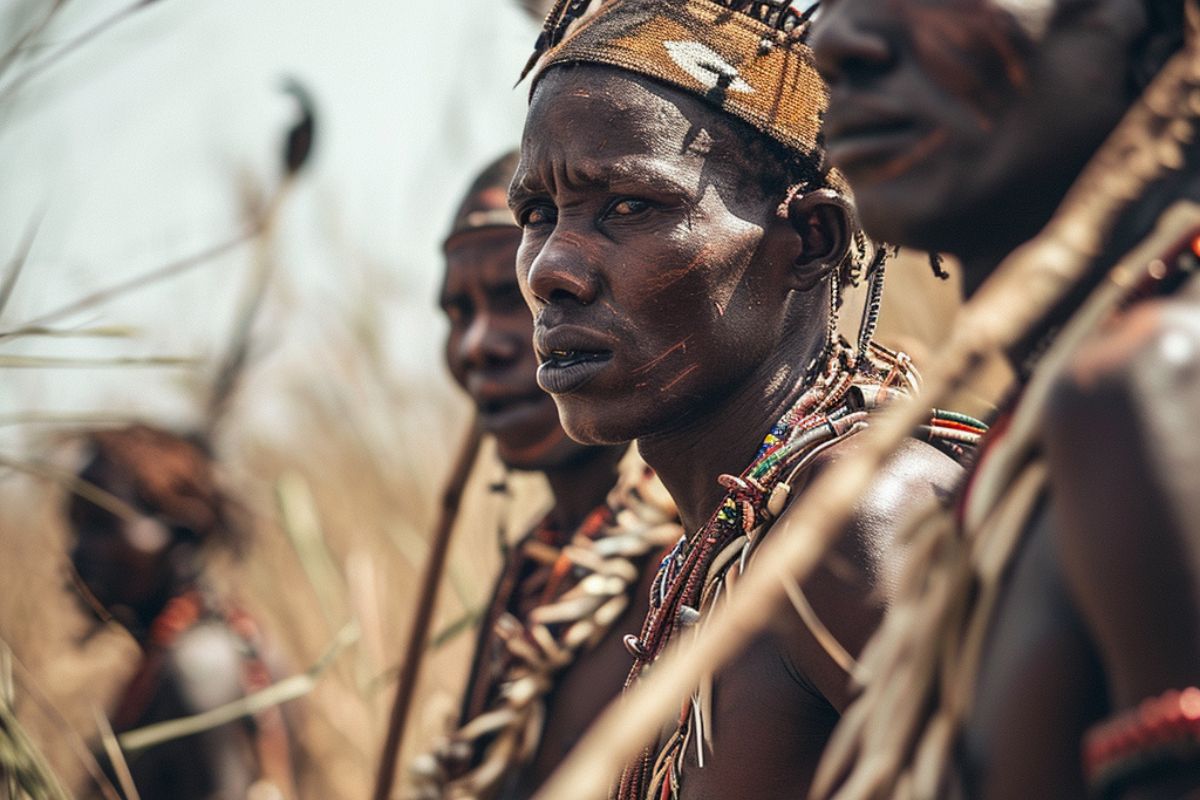
Flexible Schedules
Early morning and late afternoon game drives maximize opportunities to shoot in the golden light.
Photography Equipment to Bring
For the best results, pack a DSLR or mirrorless camera, a zoom lens for wildlife, and a wide-angle lens for landscapes. Don’t forget extra memory cards, a tripod, and a good camera bag to keep everything safe.
If you use a full-frame DSLR or mirrorless camera, you’ll need focal lengths from 200-600mm or more for most wildlife situations in Tanzania. For crop-sensor cameras, adjust the focal lengths accordingly. A wide-angle lens is great for landscapes, and a short telephoto lens is useful for close wildlife, such as elephants and groups of animals. Macro lens opportunities will be limited.
For a bridge camera, aim for an optical zoom of 18-20x or more, with a reasonable wide-angle at the low end of the range.
Bring plenty of spare batteries. Northern Tanzania is dusty, so cleaning equipment is essential. A beanbag can be very helpful for wildlife photography from the vehicle.
If you need advice on suitable equipment, please contact our office. We will be happy to help.
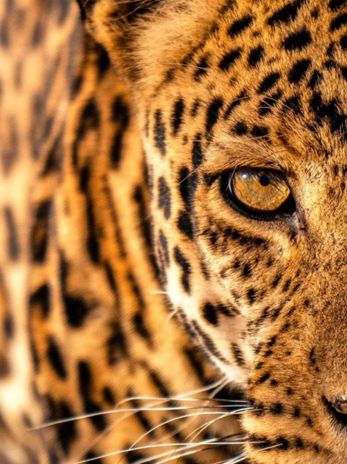
Photography Safari Packages We Offer
At Seko Tours Adventures, we offer various photography safaris, including wildlife-focused trips and scenic tours. Our packages are designed to help you capture the best moments in Tanzania’s stunning landscapes and wildlife.
Tips for a Successful Photography Safari
For a successful photography safari, be patient and ready to capture the perfect moment. Bring extra batteries, stay quiet to avoid scaring animals, and always follow your guide’s advice for the best shots.
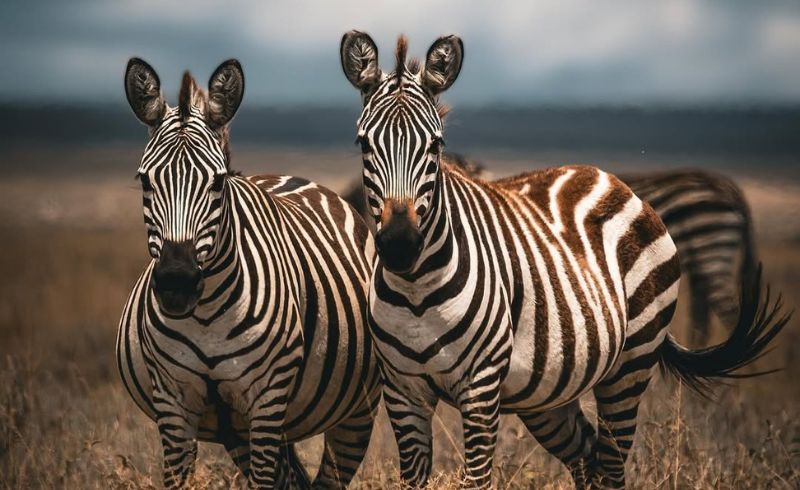
Respect Wildlife
Always maintain a safe distance and avoid disturbing animals.
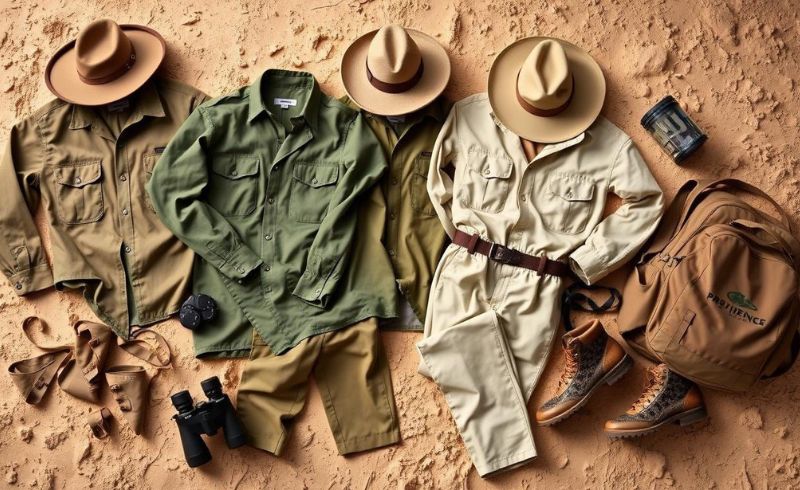
Pack Smart
Dress in neutral colors to blend with the environment and carry weather-appropriate clothing.
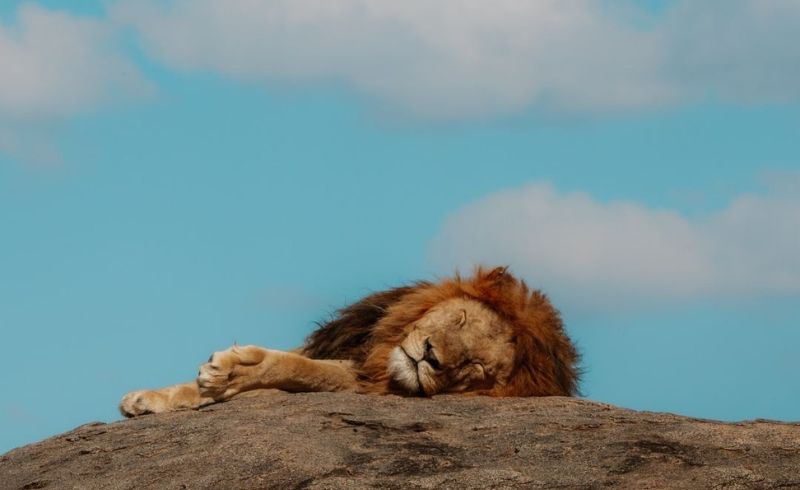
Plan Your Shots
Learn about animal behaviors to anticipate great photo moments.
Feature Travel Tips
See Our Basic Tanzania Travel Info
Popular questions about Photography Safaris in Tanzania
A photography safari is a specialized tour designed for photography enthusiasts. It focuses on providing opportunities to capture high-quality images of wildlife, landscapes, and cultural experiences. These safaris are led by expert guides who understand animal behavior, lighting conditions, and the needs of photographers.
No, photography safaris are open to everyone, from beginners to professionals. Guides and fellow photographers often share tips to help you improve your skills. Whether you’re using a smartphone, a DSLR, or a mirrorless camera, the focus is on enjoying and learning.
The essential gear includes a DSLR or mirrorless camera, a telephoto lens (200-600mm) for wildlife, and a wide-angle lens for landscapes. A sturdy tripod, extra batteries, memory cards, and lens cleaning tools are also recommended. Binoculars can help you spot animals before photographing them.
Tanzania offers a chance to photograph the Big Five (lion, elephant, buffalo, leopard, and rhino) as well as giraffes, cheetahs, wildebeests, zebras, and countless bird species. Highlights include the Great Migration in the Serengeti and tree-climbing lions in Lake Manyara.
- January to March: Calving season with lush greenery and baby animals.
- June to October: Dry season with clear skies, wildlife congregating around waterholes, and the Great Migration river crossings.
- November to December: Short rains create vibrant landscapes and attract migratory birds.
Guides are skilled in positioning safari vehicles for optimal lighting and angles. They also understand animal behavior, which helps in predicting movements for the perfect shot. Guides ensure safety and share insights about the wildlife and landscapes you’re photographing.
Yes, it is safe. Safari lodges and vehicles are secure, and guides prioritize the safety of guests and their belongings. Investing in a good camera bag with padding is recommended to protect your equipment during travel.
Bring weather-appropriate clothing, such as lightweight, breathable layers for warm days and a waterproof jacket for unexpected rains. Use protective covers for your camera gear to shield it from dust and rain.
Guides or other experienced photographers in your group are usually happy to assist. Some photography safaris also include professional photography
Most lodges and safari vehicles are equipped with charging points. However, it’s a good idea to bring spare batteries and a power bank to ensure you never miss a shot.
Specially designed safari vehicles are used, often with open sides or large windows for unobstructed views. Some vehicles even have roof hatches, giving photographers a 360-degree vantage point. Each participant typically has their own window seat to ensure enough space for gear.
So a fleece jacket or a pullover would be a great addition. You might go out for early morning game drives or night game drives, and some warmer clothing could help make it a great experience. For footwear, it is recommended to bring comfortable shoes, slippers, and sandals if you like.
If your question is not listed, please contact us from here.
